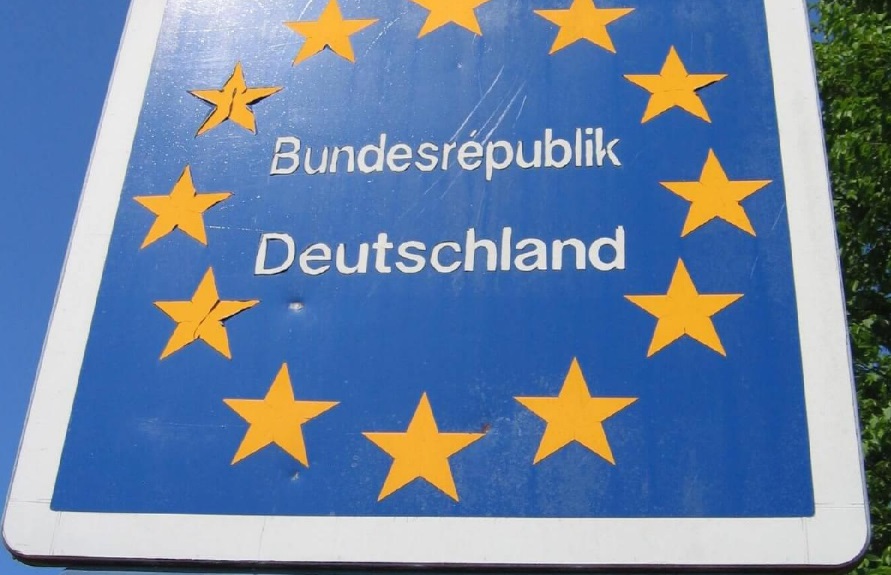
Germany has added several new regions to its list of high-risk areas, after the Robert Koch Institute (RKI) reported an increase in the cases of COVID-19 in these regions, in the recent days before the publication of the new list.
According to RKI, which is the German federal government agency and research institute responsible for disease control and prevention, the following regions are added to the list of high-risk areas.
“The Northern Ostrobothnia region in Finland is no longer a risk area,” the RKI also notes.
The new changes mean that travellers reaching Germany from those regions that have been added to the list will now need to quarantine upon arrival.
“For those entering the Federal Republic of Germany, who have stayed in a risk area at any time within the last ten days before entry, there is an obligation to segregate in accordance with the respective quarantine regulations of the responsible federal states,” the Institute explains.
Germany obligates all travellers coming from high-risk areas to self-isolate for a period of ten days after entering the country. Those who wish to shorten quarantine can do so by testing for COVID-19, however, not earlier than after five days of self-isolation.
At the same time, travellers are obliged to register digitally before arriving in Germany, through the Digital Entry Registration (DEA).
The list of high-risk countries is updated every week by the Robert Koch Institute, based on a joint analysis and decision by the Federal Ministry of Health, the Foreign Office and the Federal Ministry of the Interior, Building and Home Affairs.
Last week, the RKI had added the Pärnu region in Estonia to the list, while this week, the whole Estonia is categorized as highly risky.
The Varsinais-Suomi region in Fin land, all of Spain including the Canary Islands, as well as the British overseas territory of the Bermuda Islands were added to the list last week too. On the other hand, the West Greece region in Greece was removed from the same.